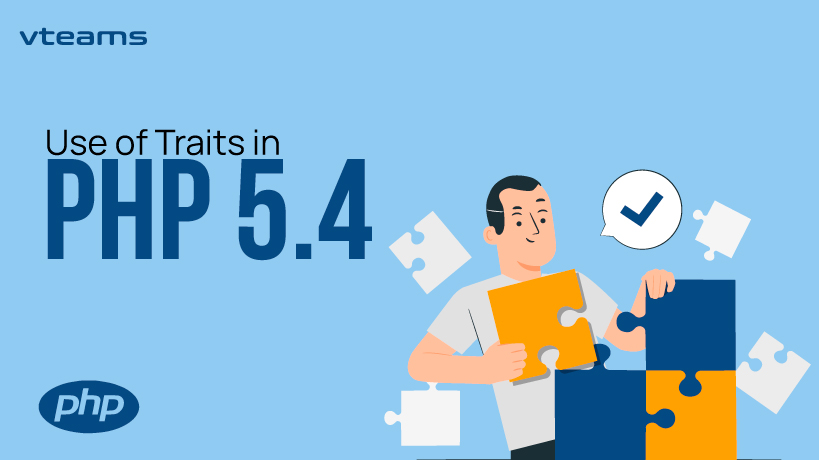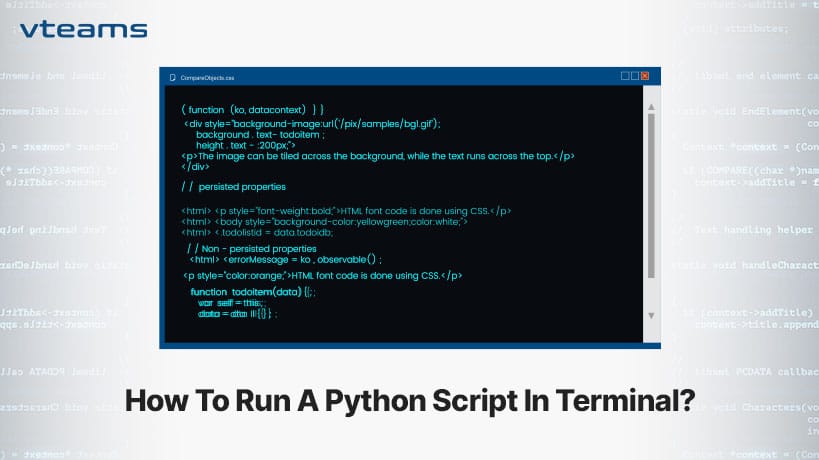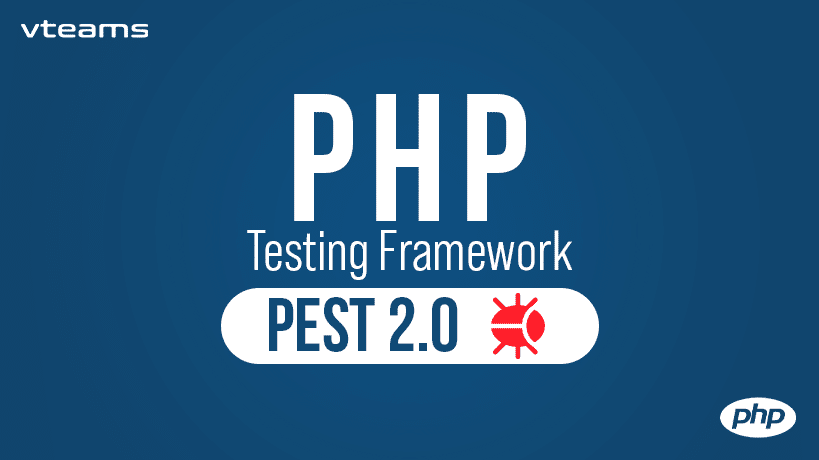PHP Traits is basically the method of code reuse implemented by PHP as of PHP 5.4.0. It is an exciting phenomenon which enhances the functional capabilities of PHP. Group functionality in PHP is driven by PHP Traits in a highly sophisticated manner. You cannot trigger a trait independently. It works in a grouped way according to the traditional inheritance system. It enables the horizontal architecture of behavior which means the use of members of a class can be achieved irrespective of the requirements for inheritance.
PHP Traits allow the developers to reuse specific and preferred methods with complete liberty in the individual classes with alternative class hierarchies. Traits and Classes collectively are useful to minimize the technical complications and help in staying away from the multiple inheritance and Mixins related issues.
Trait Example:
trait Sharable {
public function share($item) {
return 'share this item';
}
}
Include Trait in other Classes:
class Post {
use Sharable;
}
class Comment {
use Sharable;
}
Now if you create the class objects, you will see that trait method will be available:
$post = new Post;
echo $post->share(''); // 'share this item'
$comment = new Comment;
echo $comment->share(''); // 'share this item'
Working Methodology of PHP Traits:
As mentioned above in the example, there are methods available for the sharing of both Post() and Comment(). With Traits, you can basically Copy and Past the code within the run time. This means that Trait can be simultaneously copied to Post and Comment Classes owing to its grouped working style. On starting the new object, the Share() method will also be in your reach.
Advantages:
- Minimizes the doubling of codes
- Improves the maintenance of code
- Refines and simplifies your code
.
Disadvantages:
- Location problem for entire class abilities
- Could mess up the functionality of other classes with the same trait if the trait code is changed for one class
.
Conclusion:
PHP Traits present an ultimate solution to avoid the technical complexities of PHP that rise due to the messy inheritance mechanism of PHP. Parallel addition of the functionality to the classes is the best benefit you can take out of the PHP Traits and this is what makes them highly effective and beneficial. PHP Traits can be used to sort out immediate programming issues due to their easy to use and flexible nature. PHP traits can cure maximum difficulties you face while programming and you can enhance its effectiveness by implementing it in the best possible way. This would help you in devising innovative solutions and bring effective outcomes from your work.
















0 Comments